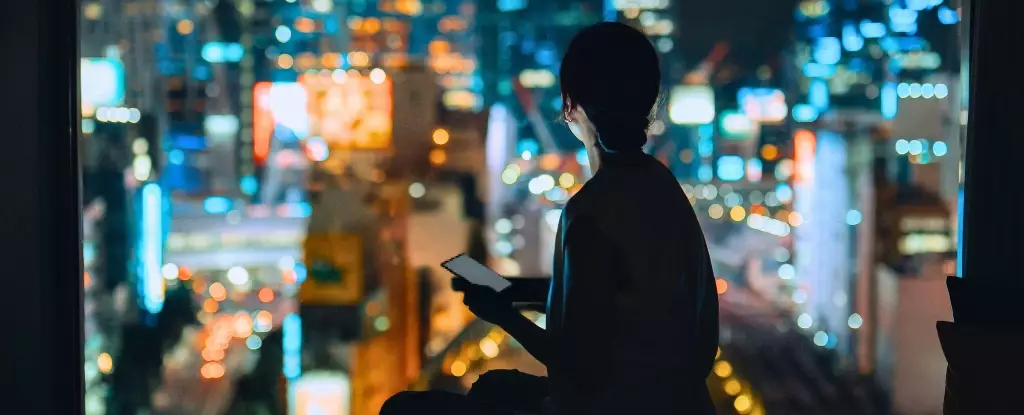In our unwavering quest for modern convenience, we’ve inadvertently surrendered to a new, insidious threat—artificial light at night. While we often dismiss it as a minor inconvenience, emerging evidence suggests that nighttime illumination might be quietly sabotaging our most vital organ: our heart. This revelation calls for a critical reassessment of how we manage our nightly environments, especially given the profound implications for public health. Light pollution isn’t just an environmental nuisance; it may be an overlooked, preventable factor fueling the rise of cardiovascular diseases in our society.
The connection between light exposure and cardiovascular health challenges long-held assumptions. Traditionally, disease prevention has centered around lifestyle factors like diet, exercise, and genetic predispositions. However, ignoring the silent influence of circadian disruption caused by artificial illumination might be a fundamental oversight. Our bodies are exquisitely tuned to the natural cycle of day and night—a harmony that governs blood pressure, hormone secretion, and metabolic processes. Disrupt this rhythm, and the internal chaos begins, with potential consequences that extend into the realm of cardiac health.
Recent research involving nearly 89,000 adults underscores this danger. Participants wore wrist sensors tracking light exposure over a week, and their cardiovascular health was monitored over nearly a decade. The findings were stark: individuals exposed to higher levels of light during nighttime hours faced significantly increased risks of heart failure, stroke, atrial fibrillation, and coronary artery disease. Even after controlling for factors such as smoking, diet, and socioeconomic status, the association remained. This suggests that light pollution might have a direct, albeit complex, role in undermining cardiovascular integrity.
Critically, the study highlights nuances in vulnerability. Women and younger adults appeared more sensitive to the effects of nighttime light exposure, indicating that demographic and biological factors might influence susceptibility. This complexity complicates public health messaging but also strengthens the case for a universal call to action—reducing unnecessary night-time light exposure could be universally beneficial. The biological mechanisms are still being unraveled, but disrupted circadian rhythms seem to foster conditions like hypercoagulability, where blood is more prone to clotting—a harbinger of many heart-related crises.
Despite the compelling nature of these associations, it’s important to acknowledge that correlation does not imply causation. We need further, more granular research to unpack the precise pathways and confirm causative links. Still, the evidence is persuasive enough to urge us to take precautionary measures. Turning off screens, covering windows, and installing blackout curtains aren’t just cozy bedroom upgrades—they’re potential lifesavers.
The pervasive presence of screens—smartphones, tablets, and TVs—in our bedrooms complicates this challenge. Amidst the allure of constant connectivity, many fall asleep with glowing screens illuminating their rooms. A startling survey indicates more than half of Americans succumb to this habit, unknowingly exposing themselves to nocturnal light that may be subtly undermining their cardiovascular health. This is not merely about comfort or sleep quality; it’s about safeguarding our heart health from a preventable risk factor.
The implications extend beyond individual choices. Urban environments, with their relentless neon glow and street lighting, have fostered a form of societal sleep deprivation and circadian disruption that could be elevating population-wide risks. Efforts to combat light pollution—such as stricter regulations, better urban planning, and public awareness campaigns—are urgent. The growing body of evidence demands that we rethink our nocturnal environment, placing health-conscious lighting practices at the forefront of public health strategies.
The alarm bells ringing from recent science compel us to confront the glaring truth: our obsession with constant illumination might be quietly costing us our hearts. The solution isn’t about returning to darkness entirely but about respecting natural cycles. We owe it to ourselves and future generations to be vigilant about the quality and quantity of light we allow into our lives after sunset. If we persist in drowning our nights in artificial glow, we risk paying the ultimate price—a premature decline of our most vital organ.


Leave a Reply